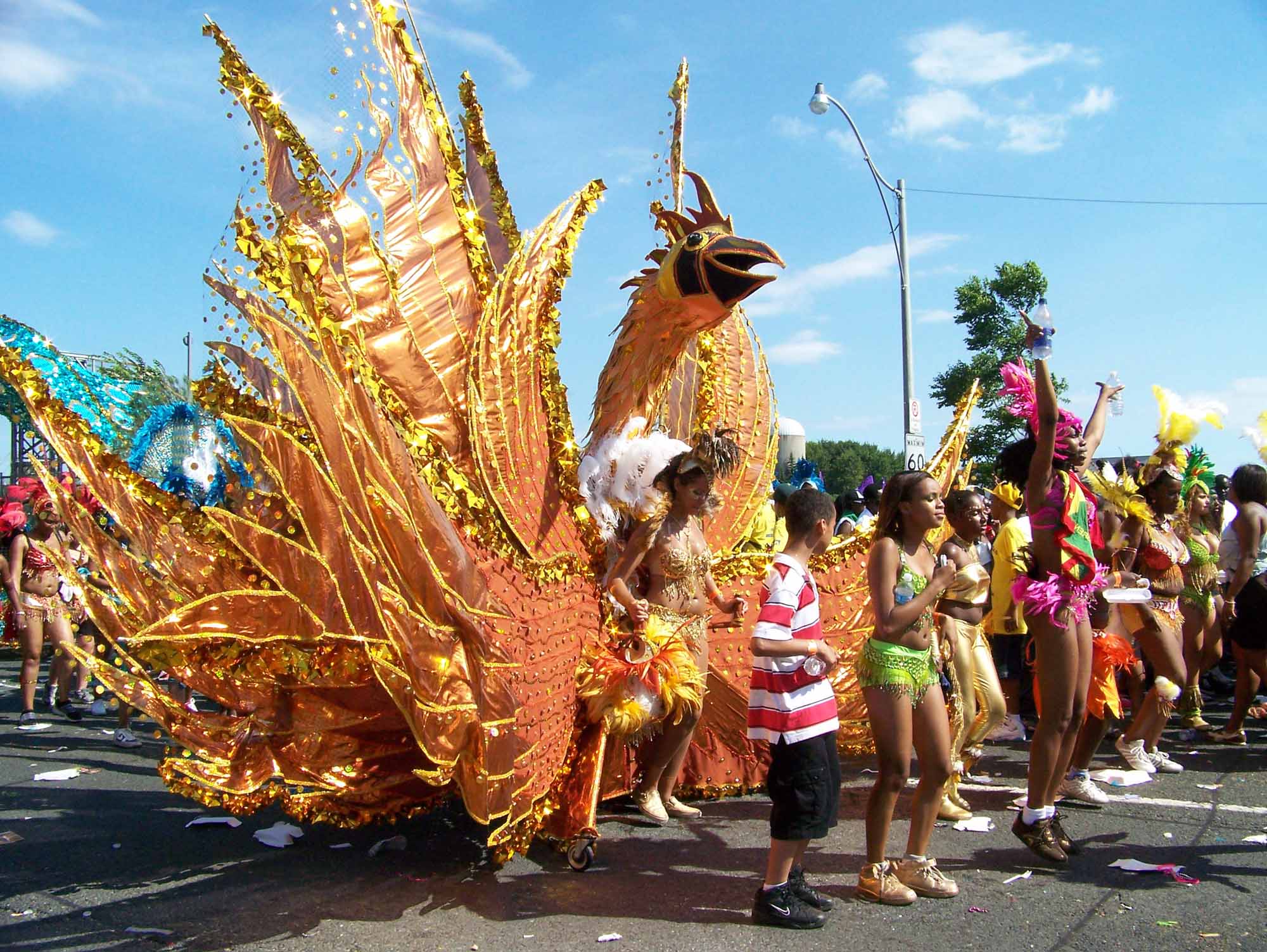Yugoslavs
Yugoslavia used to be the land of the South Slavs. It occupied 255 084 km2 of the Balkan peninsula in southeastern Europe, bordering the Adriatic Sea between Albania and Bosnia and Herzegovina. It was a classic example of a modern multicultural, multilingual and multireligious society with many nations and nationalities. It was a relatively new nation, created in 1918 as the Kingdom of Serbs, Croats and Slovenes and renamed Yugoslavia in 1929. After the Nazi occupation in 1941 the country was divided into 11 parts. In 1945, in the wake of mass resistance, civil war and revolution, it was recreated as a new Yugoslavia, ie, a federative republic, and then dissolved in 1991 with the start of inter-ethnic conflicts.
Croatia and Slovenia declared independence from the Socialist Federal Republic of Yugoslavia in 1991, followed by Macedonia and Bosnia and Herzegovina's independence in 1992. The remaining republics of Serbia and Montenegro formed the "Federal Republic of Yugoslavia" (FRY) until a 2006 referendum on independence, after which Montenegro severed its ties with Serbia and the two became independent nations ending the Yugoslav state.
Ethnic Albanians live in the Serbian province of Kosovo and in the province of Vojvodina there is a significant Hungarian ethnic minority. (See Hungarians and Serbs.) Kosovo unilaterally declared independence from Serbia in 2008.
Historically, Yugoslavia's 3 major religions, Orthodox, Roman Catholic and Muslim, were practised and a majority of the population speaks Serbian.
Before the breakup, Yugoslavia consisted of 6 republics. The largest republic of Serbia contained 2 autonomous regions of ethnic minorities; the Serbs, with 42% of Yugoslavia's total population, represented the largest of its component nations. Other ethnic groups include Croatians, Muslims, Slovenes, Albanians, Macedonians, Yugoslavs of mixed parentage and Montenegrins, a historical offshoot of the original Serbian ethnic group. With such an unusually complex ethnocultural makeup, Yugoslavia was truly one of the most heterogeneous multicultural states of Europe.
Pressured for centuries by internal and external upheavals, economic problems and a desire to seek better opportunities elsewhere, the Southern Slavs and their compatriots began to migrate overseas as early as the first half of the 19th century. Most Yugoslav pioneers in Canada were migratory labourers, moving from one job opportunity to another. They participated in the Yukon gold rush euphoria as well as in British Columbia's early fishing and forestry industries. Some entrepreneurial immigrants ran rooming (or "transition") houses in Victoria.
Migration and Settlement
WWI greatly stimulated Canada's industrial development, and the offer of more stable employment opportunities led to the eventual settlement of former migrants. In WWII, Canadian war industries provided unprecedented job opportunities, particularly in the large urban centres of Ontario. The Yugoslav immigrants began to accumulate modest amounts of basic capital, some of which later grew into considerable fortunes.
Social and Cultural Life
Many cultural and recreational associations have contributed to the organization of all-Canadian efforts against the fascist forces in Europe and to war relief in both their adopted country and their country of origin. Alas, the fratricidal war and revolution during wartime and post-war Yugoslavia have produced a bitter echo among Canadians of Yugoslav origin, and this has led to a serious fragmentation of their communities along ethnoreligious, ideological and political lines.
In the 2006 census 65 305 persons declared themselves as Yugoslavs (not otherwise stated, single- and multiple-response). In addition to the people who identified themselves as Yugoslavs, the census recorded people from the major groups that historically comprised Yugoslavia: Croats (110 880), Serbians (72 690), Slovenians (35 935), Montenegrins (2370), Kosovars (1530), Bosnians (21 045), and Macedonians (37 055).

 Share on Facebook
Share on Facebook Share on X
Share on X Share by Email
Share by Email Share on Google Classroom
Share on Google Classroom


